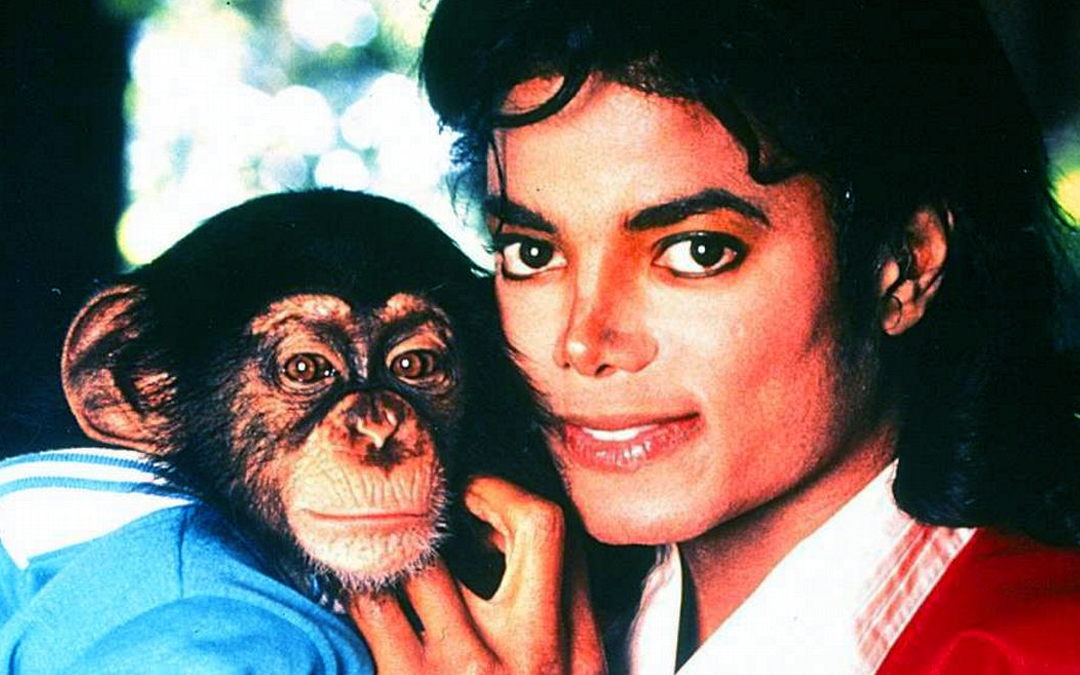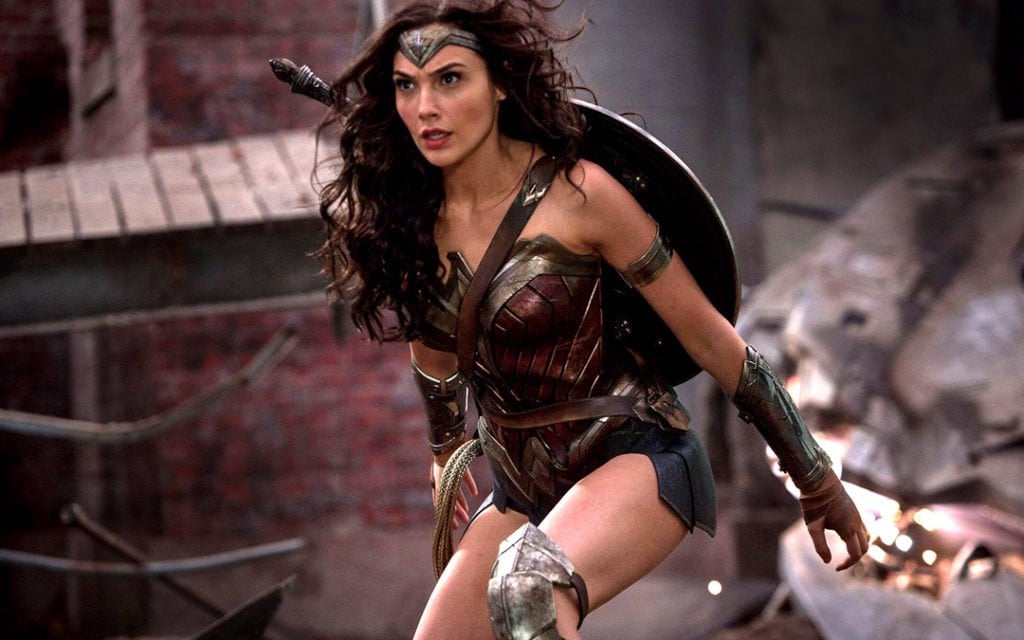"Westworld" and the Power of Repetition
December 2, 2016
A serene blonde woman walks in a cornflower blue dress that sweeps along the dusty streets of a Western town. As she reaches her horse, she drops a can of milk from her bag. A gallant cowboy, her sweetheart who’s been away, picks it up for her. Or does he?
Another day, the same errand, the same clumsiness, but now an older, craggy-faced man in black hands her the dropped can. He seems to know her, calls her by name – Dolores – but she doesn’t recognize him at all.
Yet another grocery trip, an errant can, and someone to retrieve it – this time, a shy but earnest newcomer named William. He doesn’t know this place but knows his manners, how he’d treat a woman.
Westworld, HBO’s new series inspired by the 1973 Michael Crichton movie about an adult theme park, has a down-the-rabbit-hole sense about it, and not just because of the Alice in Wonderland references. Each episode repeats something from episodes that aired earlier – locations, motifs, actions, and especially dialogue – sending eagle-eyed viewers scrambling to dissect and discuss any variations from the previous appearance.
Writers and filmmakers often use repetition to signify a theme, create a mood, or establish a setup for a later payoff, as we discuss in our post on creating set-ups and payoffs that really hit home. But Westworld’s repetition has a benefit beyond storytelling. It makes the viewing experience more interactive, allowing the audience to feel as the characters do in this unusual world: a bit disoriented, but dissatisfied with the status quo and eager for answers.
For the uninitiated, Westworld takes place in a near future where the wealthy can visit the park of the title to become whoever they want in the Wild West. Adding to the appeal are the park’s “hosts,” human-like robots who interact with the guests on pre-programmed story “loops” as visitors do whatever they desire.
Yet while the 1973 version cast Yul Brynner as a murderous robot gunslinger, the show squarely empathizes with hosts like Dolores (Evan Rachel Wood); her sweetheart, Teddy (James Marsden); and the town madam, Maeve (Thandie Newton), who exhibit signs of memories, even budding self-awareness, as they deviate from their loops. Guests like William (Jimmi Simpson) and the mysterious Man in Black (Ed Harris) also evolve in the park’s "anything-goes" atmosphere. Meanwhile, behind-the-scenes workers such as Bernard (Jeffrey Wright) learn more about the park as the place’s creator, Dr. Robert Ford (Anthony Hopkins), pursues his own agenda.
Showrunners and writers Jonathan Nolan and Lisa Joy, have said they wanted to explore thornier questions, such as what makes us human, our callousness toward violence, and the ethical issues surrounding artificial intelligence. Among their sources of inspiration, the two drew from video games, where moments repeat until one slight change results in a new outcome.
Nolan has penned maze-like narratives throughout his career. He created the TV series Person of Interest and also co-wrote with his brother, director Christopher Nolan, screenplays for The Prestige, The Dark Knight, The Dark Knight Rises, and Interstellar, all of which Christopher Nolan directed. The siblings made a significant splash with their first collaboration, 2000’s Memento, a film Christopher directed and adapted from Jonathan’s short story, “Memento Mori,” about a man (Guy Pierce) with short-term memory loss searching for his wife’s killer.
Clearly, the Nolans love crafting puzzle-like projects that bear repeated viewing. “That’s the way my brother and I grew up watching movies. If we found one we liked, we watched it obsessively,” Jonathan Nolan has said. “If we found more detail in the second and third viewings, that really became the hallmark of a great film to us.”
But there’s a method to their complexity. Writing for Slate, Forrest Wickman noted that Christopher Nolan and his cinematographer, Wally Pfister, tend to use the same unusual camera movement – the roll – in each of the director’s films, literally turning the world on its side, if not upside-down. This mirrors what’s happening to the audience and the protagonist: The world in these films is not quite what we thought it was.
Granted, each director has his or her own style, but even writers without such a collaborative relationship can look to Westworld’s repetition as inspiration for confusing your audience just enough without leaving them lost in the weeds. Much like we figure out the plot of Memento as the protagonist pieces together his past, we now notice on Westworld when the story breaks out of familiar, confining loops. We’re discovering who the heroes and villains are, much like the hosts and humans discover more about themselves. The story also plays with the concepts of time and memory, testing our memories through this unconventional narrative as the hosts’ memories are tested.
That takes a good amount of planning – and revision. Westworld notably shut down production earlier this year to give the showrunners and writers the chance to fine-tune the season’s last few episodes.
But that’s what writers do. We plan and write, then repeat. If your characters are on a journey of discovery, consider using repetition to add another layer to your storytelling: one where the audience experiences what the characters feel as they unravel the mysteries you've established.
Written by: Valerie Kalfrin
Valerie Kalfrin is an award-winning crime journalist turned entertainment writer, screenwriter and emerging script consultant. A member of the Florida Film Network, she has written for The Guardian, Bright Wall Dark Room, The Script Lab, Signature Reads, and The Tampa Bay Times, among other publications. Find her at valeriekalfrin.com.



